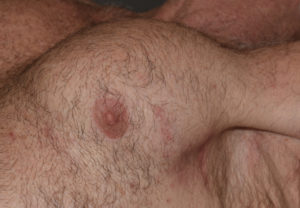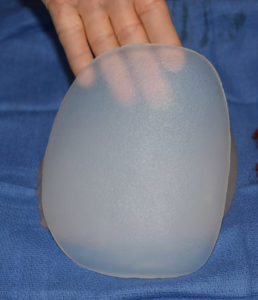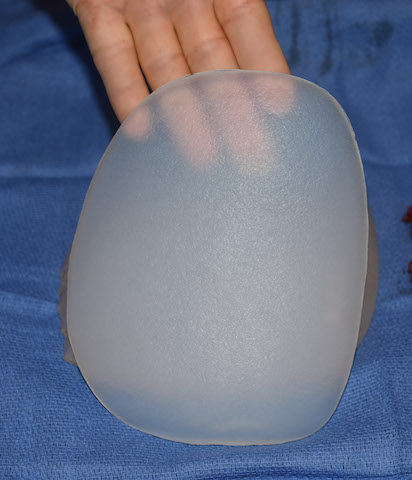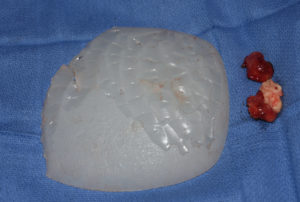Background: Pectoral implants are the definitive treatment for enhanced muscle definition and size of the male chest. They are placed in a completely submuscular location underneath the pectoralis major muscle unlike female breast implants which are usually partially submuscular or on top of the muscle. Also, unlike breast implants, they are designed out of a solid soft silicone material which means they will never need to be replaced due to device failure.
However, pectoral implants are subject to other similar complications as breast implants such as infection and malposition. They can also develop capsular contracture which is often viewed as an exclusive breast implant complication. But a hypertrophic capsular response can occur with pectoral implants as well as they also have an enveloping layer of scar. Like occurs in breast implants the involved side of the chest will develop symptoms such as chest wall distortion, a very hard feeling implant and varying levels of discomfort.
The causes of capsular contracture are well known even though the exact biology of its occurrence is yet to be precisely defined. Bacterial contamination/infection, hematoma and seroma fluid collections are well known causes. Activation of the capsular lining, which usually is relatively inert, results in a tightening effect around the implant due to collagen tightening. Treatment of pectoral implant contracture is no different than breast implant contracture.


The cause of pectoral implant contracture can only be speculated. But the combination of implant downsizing and re-entry surgery caused the combination of seroma development and capsular contracture. It is impossible to say which came first but I would presume the development of seroma led to the capsular contracture. What role a fracture implant had with exposure of a softer inner solid gel is unknown. Its treatment includes the well known use of subtotal capsulectomy, capsular release, implant replacement and the use of a drain.
Case Highlights:
1) Pectoral implants can develop capsular contracture which presents as muscular and chest wall distortion.
2) Treatment of pectoral implant contracture requirers a subtotal capsulectomy, pocket release and possible new implant.
3) Seromas, recurrent implant replacements and fractured implants are all possible causes of pectoral implant contarctures.
Dr. Barry Eppley
Indianapolis, Indiana




